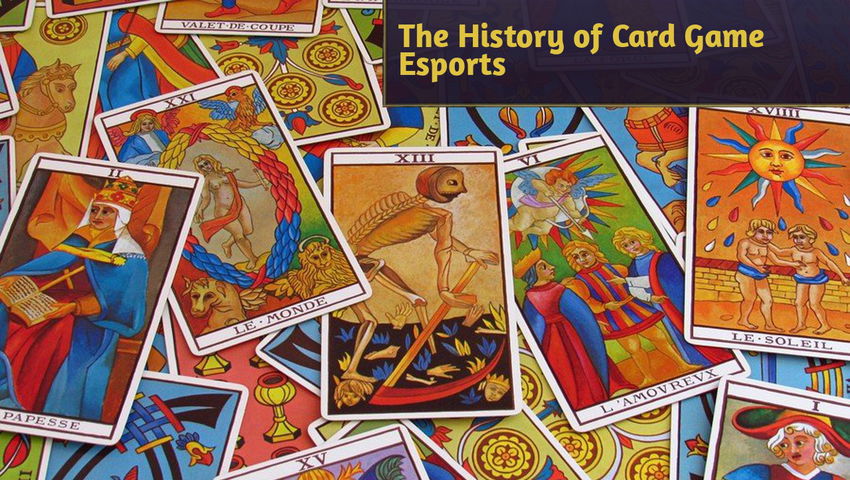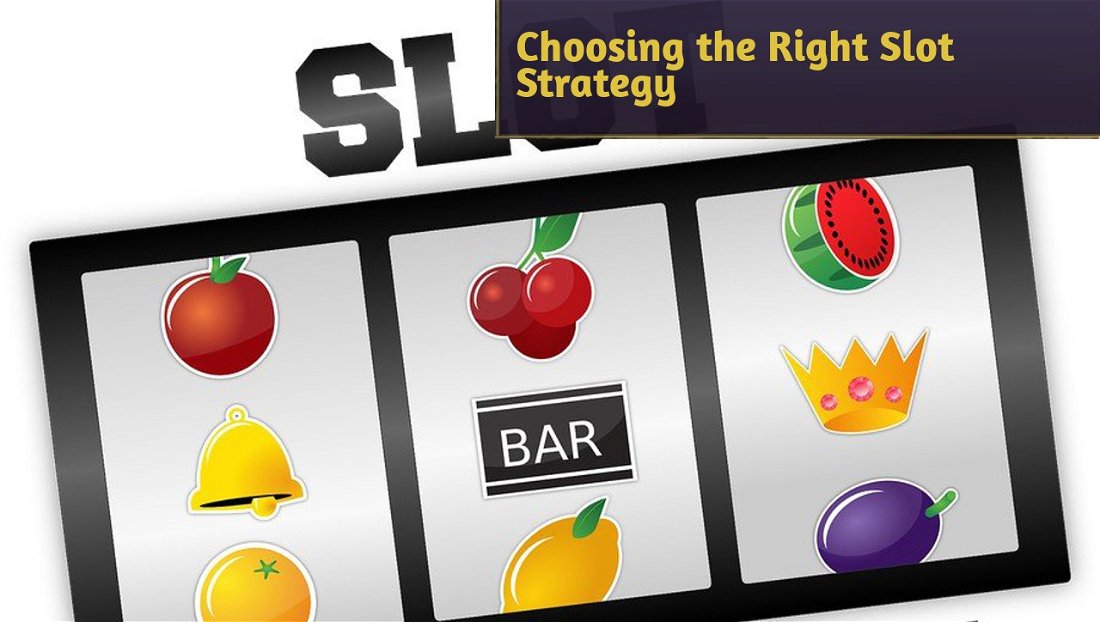Card games have proven to be an unexpected contender that has risen to prominence. Traditionally associated with leisurely gatherings around tables adorned with physical decks, this intriguing genre has undergone a remarkable transformation.
The history of card game esports is a captivating narrative that showcases the remarkable journey of these age-old games into the modern era. While cards have held a special place in our cultural fabric for centuries, their transition into the digital domain has propelled them onto the global stage of esports, captivating audiences and players.

The Origins of Card Game Esports
The roots of card game esports can be traced back to the early 2000s, with the rise of online gaming platforms and the popularization of digital versions of classic card games. Magic: The Gathering Online (MTGO), launched in 2002, laid the foundation for competitive card game esports. MTGO allowed players worldwide to compete in online tournaments, paving the way for future card game esports platforms.
Hearthstone, released by Blizzard Entertainment in 2014, marked a significant turning point in the history of card game esports. Its accessible gameplay and polished graphics attracted a broad player base and garnered the attention of esports organizations and sponsors.
The Hearthstone Championship Tour (HCT) emerged as one of the first major card game esports circuits, offering substantial cash prizes and a chance for professional players to make a name for themselves.
The growth of card game esports didn't stop with Hearthstone. Several other card games like Gwent, The Elder Scrolls: Legends, and Shadowverse began to enter the esports scene, diversifying the competitive landscape. The expansion allowed for more opportunities for players to compete at a professional level and for esports organizations to broaden their portfolios by including card game players.
Ad
The Growth of Card Game Esports
One of the key drivers of card game esports' growth has been the emergence of dedicated streaming platforms like Twitch. Professional players and popular streamers attracted large audiences, showcasing high-level gameplay, entertaining strategies, and deck-building tips.
Card game esports became increasingly global as the competitive scene grew. International tournaments such as the Hearthstone Global Games and the Magic: The Gathering World Championship featured top players from various regions, highlighting the global appeal of card games as esports.
The competitive scene also witnessed the rise of legendary players, each with their unique playstyles and strategies. Names like Frodan, Kibler, Savjz, and Hoej became synonymous with excellence in card game esports.
They succeeded in tournaments and extended their influence beyond the digital arena, with many becoming popular commentators, analysts, and content creators, further promoting the esports scene.
The Role of Developers and Publishers
The flourishing realm of card game esports owes much of its success to the steadfast support and active participation of developers and publishers, with a significant presence from the world of betting apps.
Game companies recognized the potential of competitive card gaming and invested heavily in organizing and promoting esports events. They frequently released new card sets and balance changes to keep the competitive scene fresh and engaging, ensuring players had the tools and strategies to stay competitive.
Ad
Blizzard, for example, continued to invest in Hearthstone esports, hosting prestigious events like the Hearthstone World Championship with multi-million-dollar prize pools.
Similarly, Valve's Artifact, though initially met with mixed reviews, saw significant updates to improve its competitive scene.
The Challenges and Evolution of Card Game Esports
Remarkable achievements and thrilling tournaments have marked the ascent of card game esports, but it has not been without its fair share of challenges and evolutionary shifts.
Balancing Act
Physical and digital card games often grapple with the complex challenge of balancing cards and decks to ensure fairness in competitive play. Introducing new expansions, sets, or updates can significantly impact the meta, leading to unforeseen strategy shifts and deck dominance.
Game developers must walk a fine line between keeping the gameplay fresh and ensuring that no single deck or card becomes overly dominant, requiring constant vigilance and adjustments.
Embracing Randomness
Ad
One distinctive aspect of card games is the inherent element of randomness, which stems from drawing cards or generating effects. While this randomness adds an exciting layer of unpredictability, it can also lead to unexpected outcomes that challenge player skill and strategy.
Card game esports have grappled with how to strike the right balance between skill and luck, with some players and fans embracing the element of chance while others advocate for minimizing it to emphasize player skill.
Adapting to Player Feedback
The card game esports community has proven to be vocal and passionate, often providing valuable feedback to developers. The dialogue between players and game creators has led to numerous updates, tweaks, and refinements to improve the competitive experience.
The ability to adapt to player feedback has been crucial in maintaining the genre's vitality and player satisfaction.
The Future of Card Game Esports
The future appears promising as card game esports continue to grow and evolve. New titles are being developed, and established ones receive updates and expansions to maintain player interest.
With increasing investments from developers and sponsors, tournament prize pools are expected to rise, attracting even more top-tier talent.
Ad
Card game esports will continue expanding into mainstream events alongside popular titles like League of Legends and Counter-Strike: Global Offensive.
The card game esports community remains committed to innovation and improvement, addressing challenges like card balance and randomness. The ongoing efforts aim to ensure that card game esports maintain a competitive, entertaining, and fair environment for players and viewers, securing their place in the esports landscape for years to come.
The history of card game esports is a testament to the genre's enduring appeal and ability to adapt to the ever-changing landscape of competitive gaming. Card game esports have come a long way from humble beginnings on platforms like MTGO to Hearthstone's global phenomenon.
With continued support from developers, passionate player communities, and a growing audience, card game esports were poised for an exciting and prosperous future in competitive gaming.
Partnerships with major esports organizations, cross-promotions with popular streaming platforms, and collaborations with well-known esports personalities have added to the visibility and sustainability of card game esports. The alliances have brought a fresh wave of interest and investment into the genre, solidifying its position in the competitive gaming arena.





— Comentarios
0Se el primero en comentar